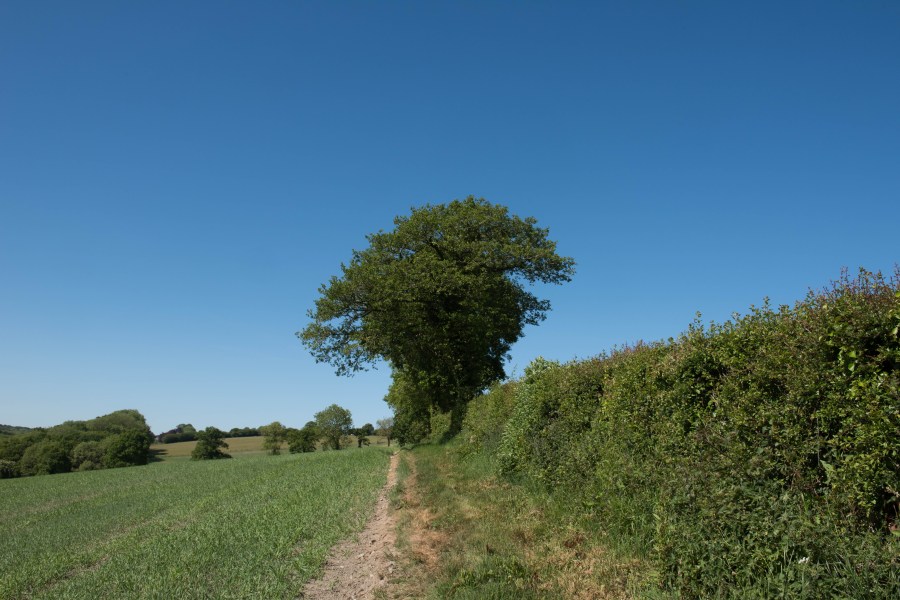The SFI may seem like it is primarily aimed at conventional arable or livestock farmers, but there are many options within the scheme that fit well within vineyard situations.
From “easy wins” around soil or nutrient planning, to more complex actions involving the establishment of flower-rich margins or winter bird cover, there is something in the scheme to suit most situations, allowing growers to tap into useful additional income and potentially bring wider benefits to the vineyard and the environment.
Start simple
Before jumping straight into the most lucrative SFI options, it is essential to consider what will work in your situation, and the best advice is to start simple. The SFI is very flexible, so there is plenty of scope to add, or reduce (by up to 50%), the amount of land in different options year-on-year.
Three of the easiest options to start with are the soil, nutrient, and integrated pest management plans (SAM1, NUM1, and IPM1). Many growers are often doing much of this already, and these three options together could be worth £1,938 a year for a 10ha vineyard. They will also allow you to claim the SFI management payment, the rate for which has recently increased.
Applying for the SFI does require a bit of extra admin time, but the process is usually pretty straightforward, providing land parcels are up to date with the Rural Payments Agency.
Build actions gradually
The next step is to consider any other SFI options that could be easily implemented on land around the perimeter of the vineyard, where there is little risk of impacting on day-to-day management.
Hedgerows are a good natural asset to begin with, as there are various actions for assessing, managing and maintaining hedgerows and hedgerow trees. Payments range from £5 per 100m for assessing and recording hedgerow condition on one side (HRW1), to £13 per 100m for managing hedgerows to a range of different heights to provide a variety of habitats (HRW2) – again on one side.
Leaving grassy field corners or blocks (AHL3, worth £590/ha) could be another useful option to consider, perhaps where there are uncropped frost pockets, although it is worth noting these areas cannot be used for turning machinery on, or other activities, such as stacking crates, or other equipment. Slightly more involved options might be to establish winter bird food or pollen and nectar mixes around the outside – potentially bringing benefits to vine productivity from beneficial insects. Again, make sure there is enough space to establish such strips without hampering daily activities.
At the highest level, for those looking to fully integrate more complex options into the vineyard, there may be opportunities to establish certain types of cover down alleyways, such as pollen and nectar mixes, cover crops, or a legume fallow. IPM4 also offers a payment of £45/ha to not use insecticides, so may be something to consider where growers are already avoiding their use.
However, always check the details of what you can and cannot do within any option before signing up, as they must not be to the detriment of the vines or day-to-day agronomy. Again, the flexibility of the SFI could be an advantage here – if there is something you want to try, perhaps do so on a small area first, then look to expand it in future years if successful.
Other funding opportunities
Beyond the SFI, it is always worth looking out for other sources of grant funding, either from central government, local authorities, water companies, or others.
The Farming Equipment and Technology Fund, for example, provides capital grants of £1,000 to £50,000 for specific items of equipment and technology that will improve productivity and is available to farming, horticultural or forestry businesses in England. Eligible equipment in the 2024 scheme includes items such as a tractor-mounted flail mulcher, digital weather station, rainwater harvesting system, and mechanical weeding machines.
| Simpler SFI actions to consider | ||
| Code | Action | Annual payment |
| SAM1 | Assess soil, test organic matter and produce a soil management plan | £6/ha, plus £97 per agreement |
| IPM1 | Assess integrated pest management and produce a plan | £1,129 per year |
| NUM1 | Assess nutrient management and produce a review report | £652 per year |
| HRW1 | Assess and record hedgerow condition | £5 per 100m (one side) |
| HRW2 | Manage hedgerows | £13 per 100m (one side) |
| SFI management payment | Available up to first 50ha entered into relevant actions | £40/ha (up to £2,000 total per SFI agreement) |




